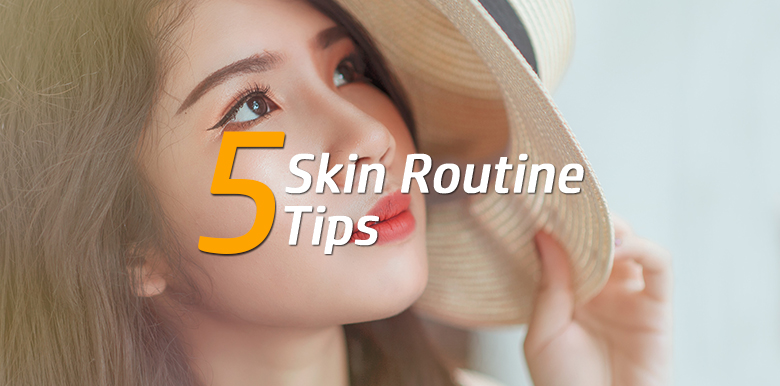Do you know every skin type reacts differently to different products? There are so many products on the market that target oily skin, dry skin or sensitive skin — but how can you figure out which type of skin you have?
Different types of skin :
1. Oily Skin – The skin secretes natural oils to keep itself moisturized, but for people with oily skin, this process can go into overdrive, especially if they have larger pores.
2. Dry Skin – Dry skin looks dull because it’s often covered in a layer of dead skin cells. Light reflects off these rough skin cells in all different directions, whereas if your skin is hydrated, it has a smooth surface that reflects light evenly, and so appears more radiant. Many factors can lead to dry skin, including sun exposure, hot showers and over-exfoliating with products like salicylic or glycolic acid. It sounds obvious, but if you’re prone to dry skin, the most important thing to do is keep it hydrated.
3. Sensitive Skin – People with sensitive skin may have acne, rosacea or contact dermatitis, a type of red, itchy rash. Sensitive skin may also be especially prone to stinging or burning. people with sensitive skin may have overreactions to certain ingredients and, for that reason, they should avoid overly harsh compounds in all their beauty products beyond skin care.
4. Normal Skin – There is no medical definition of normal skin, but broadly speaking, it could mean that the skin is healthy and well hydrated. Normal skin makes enough sebum to hydrate the skin, so, in reality, normal skin is oily skin with just enough sebum production to keep skin healthy.
5. Combination Skin – Combination means you are dry in winter and oily in summer. Some people incorrectly use it to mean oily in the T-zone but this is classified as an oily skin type. Combination skin tends to be oilier in the forehead and nose where you have more oil glands, and drier on the cheeks.
Skin care routine :
1. Always Double Cleanse
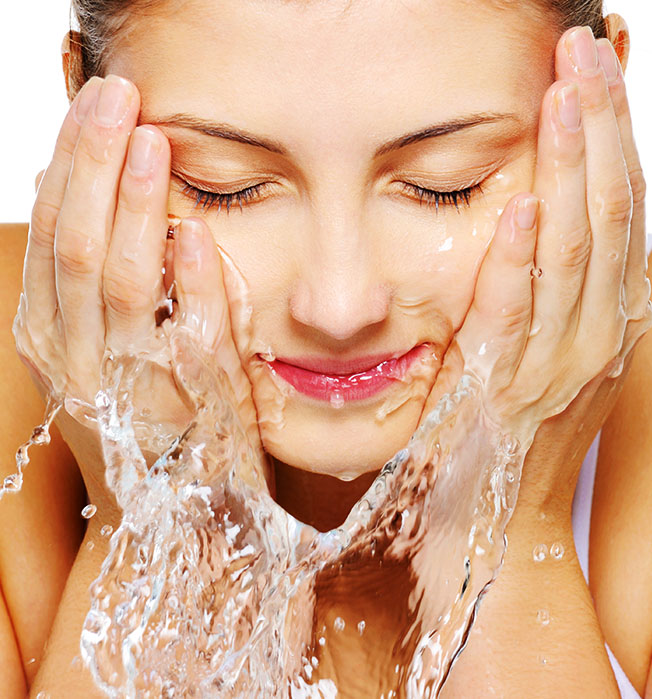
Double cleansing means washing your face twice because one wash just isn’t enough. Whether you wear a ton of makeup or not, double cleansing at the end of the day is essential to remove all of the makeup, dirt, grime, and pollution that builds up on your skin. Washing your face once will only remove the surface dirt, but a second cleanse will actually be able to penetrate your pores, sweeping away any sebum and leftover dirt or makeup. It also means your following skincare steps will be able to penetrate your skin better.
How to: Start with an oil cleanser, which will dissolve makeup, SPF, pollution, and sebum on the surface of your skin. Dw, it won’t break you out, the oil binds with impurities and is washed away. Then use a water-based cleanser (like a gel, foam, or cream), which will get rid of water-based impurities like sweat, dirt, and any leftover nasties. This will also be able to penetrate your skin and deliver the active ingredients from your cleanser.
2. Layer Your Products the Right Way
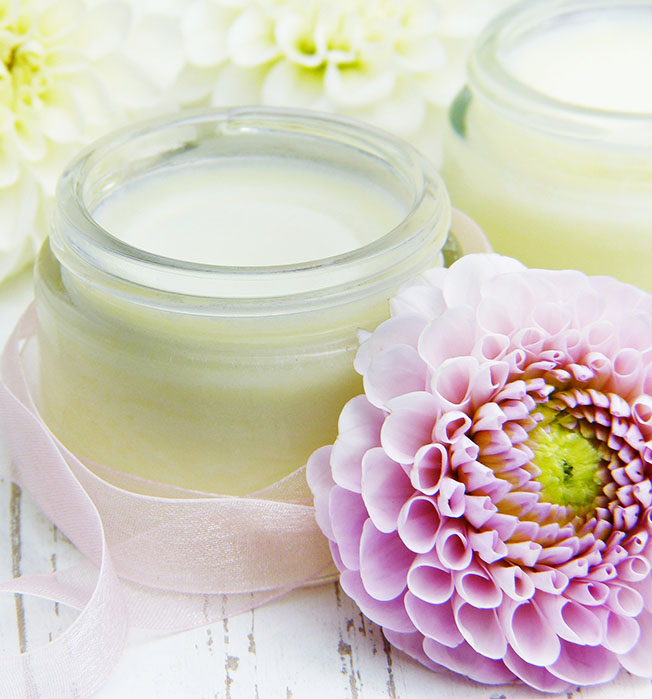
Layering your skincare in the wrong order means that some of your products won’t be able to absorb into your skin properly. For example, if you apply a moisturizer before your eye cream, because moisturizers have occlusives in (ingredients that create a barrier on your skin), the potent ingredients in your eye cream wouldn’t get a chance to penetrate your skin properly and work their magic.
How to: The general rule is to apply your most lightweight products first, moving on to your thickest formulas at the end of your routine. As the image above illustrates, start by double cleansing, then if you need to exfoliate or do a mask, do this now. Next, tone, which will remove impurities and dirt your cleanser may have missed around your hairline or neck. Now apply any essences or spot treatments, so there’s no barrier to stop them. Then serum, as these have small molecules packed with active ingredients, then use your fav eye cream. Finally, add moisturizer – possible one of your most important steps, as it will hydrate and help repair your skin (especially before bed when your skin loses a lot of moisture). Finally, use a face oil – this is the last step as they create a protective barrier on your skin.
3. Know Your Skin Type
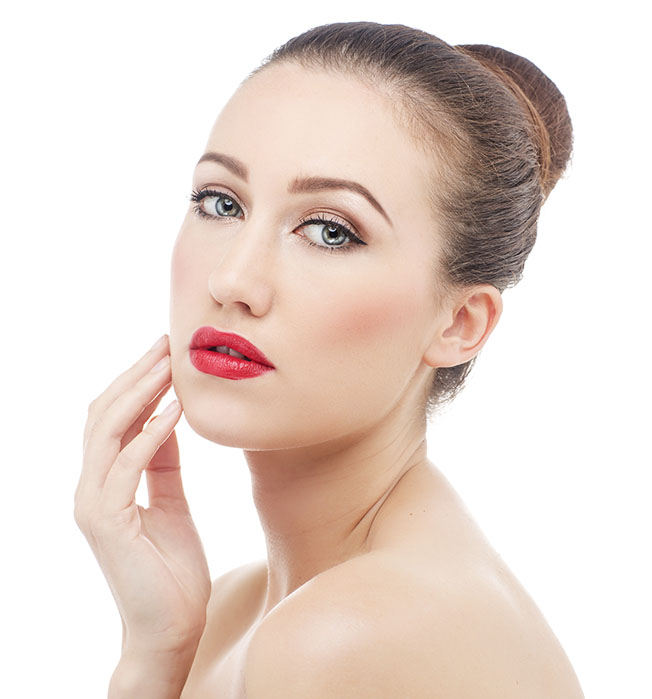
Understanding what your skin needs, means you can find the best products that will work for your skin. Everyone’s skin is unique, and even though it changes over time, there are certain ‘skin type’ categories you can use as guidelines to help you find skincare that works for you. Depending on whether your skin is, dry, normal, oily, acne-prone, sensitive or aging, you should be using very different products. You might even be a couple of these; you could be both oily and acne-prone, aging and dry, or even sensitive and acne-prone. You may also be dry during the winter and oily during summer, which is why you should switch up your skincare when summer hits.
How to: It’s quite simple, once you know the characteristics of your skin you’ll have an understanding of your skin type and you can begin to choose products that work for you.
4. Exfoliate
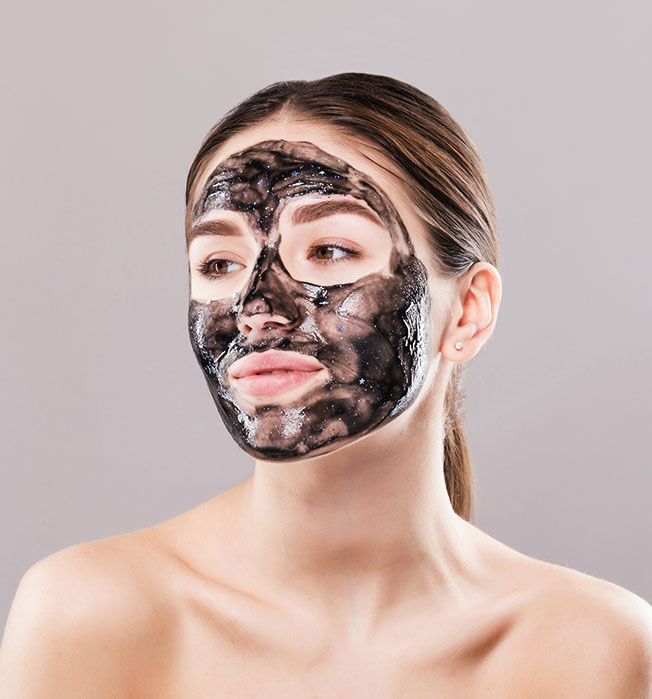
Why? Regular exfoliation – and by that, we mean at least once a week – will slough away dead skin cells that block your pores and help with skin cell renewal. So not only will it clear out dead skin, and dirt and grime that can lead to pimples and blackheads, but it will also instantly brighten your complexion, and allow for your other products to penetrate deeper. Some exfoliators, like AHAs (glycolic acid), can even improve the appearance of fine lines and wrinkles.
How to: How often you exfoliate depends on your skin type – that’s why rule three is so important! If you have oily skin, you can exfoliate between two to three times a week, but if you have dry or sensitive skin, you may find that exfoliating with gentle exfoliators once a week is plenty. One thing that is so important is that you don’t over exfoliate, which can end up removing healthy skin cells, exposing your skin to bacteria and making breakouts more likely. There are two types of exfoliators, mechanical (physical) and chemical. You can use a mechanical exfoliator, which contains beads or natural grains like salt or sugar that buff away dead skin, or chemical exfoliators (AHAs like lactic, glycolic or citric acid) which dissolve the ‘glue’ that binds dead skin cells in your pores.
5. Never Forget SPF

You might think the only damage that the sun can do to your skin is burn it, but the truth is, it’s literally destroying your skin. Are we being dramatic? No! 90% of how your skin ages is down to sun exposure and this portrait of a 69-year-old truck driver published in the New England Journal of Medicine proves it! Due to the nature of his job, only half of his face was consistently exposed to the sun. The UVA rays that penetrated through the window damaged collagen, which has led to deep wrinkles and sagging skin to the side of his face exposed – if this isn’t the best reason to wear sunscreen, we don’t know what is!
There are two types of Ultra Violet rays, UVA and UVB, and you need to protect your skin from both. UVB is what causes sunburn, skin discoloration and skin cancer, and this is what SPF protects against. Then there’re UVA rays, which are considered even more dangerous as these penetrate deeper into your skin and cause long-term damage, like wrinkles, sagging skin, the destruction of collagen, and skin cancer. These can penetrate through cloud and glass, which is why you should wear SPF every day, and why you need to find a sunscreen that has a UVA 3-star rating or higher.
How to: Even if your only time in the sunshine is your commute to work, you still need to wear SPF. For the cooler months, you can get away with an SPF 30 with 3-star UVA rating in your foundation or BB cream, but when the sun comes out, we recommend factor 50 SPF and UVA 4-star or 5-star rating. If you’re continually in the sun, reapply through the day – and no, makeup doesn’t protect your skin from UV rays.
Now try these five basic skin routine to get clean and healthy looking skin. Never forget to use SPF sunscreen to ensure you get proper care of your skin. Comment down below to tell us if you include these Skin care in your routine.
